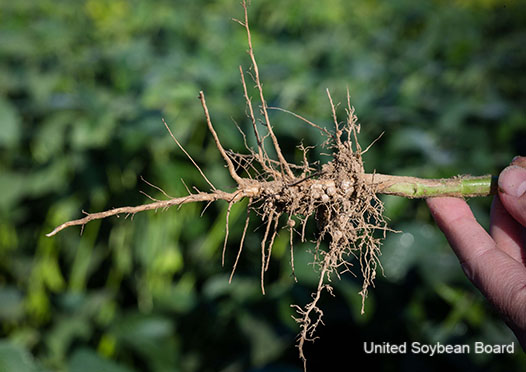Insect Management
Recent posts about Insect Management
 April 11, 2022 Although some parts of Illinois have started to get beans in the ground, most of us are still waiting for soils to dry out and warm up. Something that should be on our radars in the week or two before planting are soilborne insect pests that may affect our soybeans. |
 December 27, 2021 Chlorpyrifos is an insecticide in the organophosphate (OP) (IRAC-1B) group that has been in use since 1965. |
 July 20, 2021 For many in the agriculture industry, a soybean field is an amazing population of plants that convert sunlight energy and nutrients into a high volume output of oil and proteins. |
 February 17, 2021 During the second session of Soybean Summit on February 17, I had the opportunity to learn from Dr. Nick Seiter, who presented “Insect Management: What did we learn in 2020? |
 February 19, 2021 The Illinois Department of Agriculture (IDOA) has had to adjust their pesticide applicator and operator training and exam process this year due to the pandemic, which means anyone who needs to do so for recertification must adjust as well. |
 February 12, 2021 University of Illinois researchers publish an annual report of applied research conducted on insect and disease management in soybean and corn. |
Pages
Recent webinars about Insect Management
 WEBINAR: Insect Pest Management in Soybeans: What to Watch Out for in 2020 June 04, 2020 1 CEU in Integrated Pest Management This webinar will focus on season-long insect pest management in soybeans. We will discuss biology, damage potential and management tactics for dectes stem borer, stink bugs and defoliating insects. |
 Webinar: Solutions to Effectively Manage SCN and SDS March 13, 2017 1 CEU in Integrated Pest Management Jason Bond, plant pathologist at Southern Illinois University, and Nick Tinsley, SeedGrowth™ technical representative at Bayer CropScience, discuss the basics of SCN and SDS management. |
 Disease: WEBINAR: Managing SDS with Proven Strategies and New Tools March 24, 2015 Watching out for disease is critical to keeping soybean stress low and to ensuring maximum yields. One of the biggest production constraints in 2014 was sudden death syndrome (SDS), with growers in some parts of Illinois losing up to 40 or 50 bushels per acre from the disease. |

Comments
Add new comment